‘Z: The Beginning of Everything’: What’s Fact, What’s Fiction and What’s True-ish in Amazon’s Zelda Fitzgerald Drama
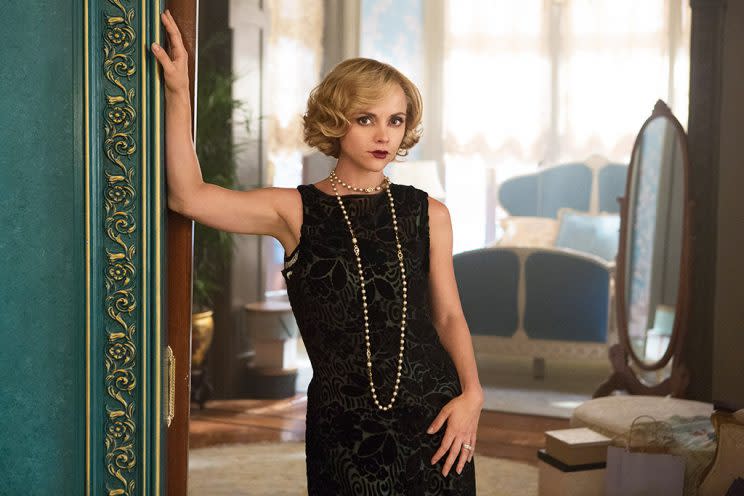
Warning: This post contains spoilers from Season 1 of Amazon’s Z: The Beginning of Everything.
Amazon’s new Zelda Fitzgerald drama Z: The Beginning of Everything is based on Z: A Novel of Zelda Fitzgerald, a novel, i.e. fictional work, by writer Therese Anne Fowler. But that certainly doesn’t mean much of the story isn’t true. In fact, Season 1, which covers Zelda and F. Scott Fitzgerald’s meeting, courtship, and early marriage, features lots of the couple’s real-world exploits, and slightly tweaked versions of others. Read on for the details of what’s fact, fiction, and sorta-kinda true about Amazon’s depiction of this chapter in Zelda and Scott Fitzgerald’s tempestuous relationship.
Zelda and Scott met at a country club dance.
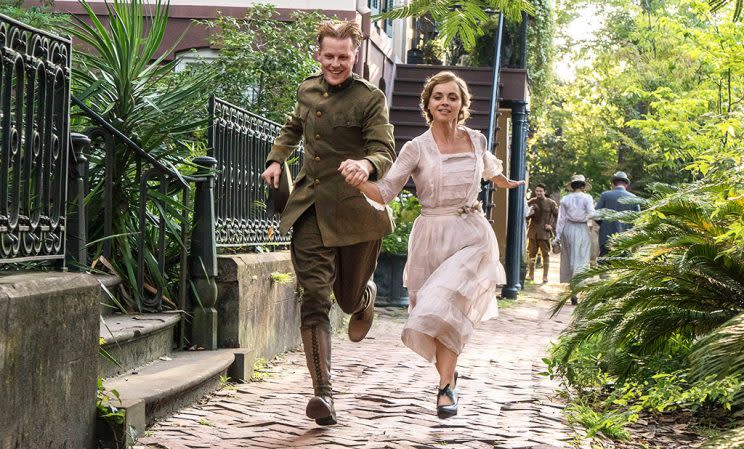
TRUE. He was stationed, as an army lieutenant, in her hometown of Montgomery, Alabama during World War I. In July 1918, Scott attended a dance at the local country club, which often hosted such events to welcome local soldiers. He saw and began to pursue Zelda — then Zelda Sayre — right away, and, just like in Z: The Beginning of Everything, he constantly told Zelda (and anyone else who would listen) he was going to be a famous writer someday, and he did eventually carve their initials into a wall at the country club.
Zelda moved to New York and married Scott on April 3, less than a week after his first novel, This Side of Paradise, was published. He was 23-years-old, Zelda was 19.
Zelda appeared naked in her hotel bedroom’s doorway in front of her wedding celebration guests.

FALSE. Probably. According to most biographies of both Fitzgeralds, their wedding night was spent at the Biltmore hotel, enjoying dinner and each other’s company. Even Therese Anne Fowler’s book doesn’t include this incident that is depicted in the Amazon series’ fourth episode, for which, Christina Ricci confirmed to Refinery29, she was sporting a distractingly large merkin. On the other hand, Zelda also had a reputation for being quite uninhibited about her body, so she probably did appear publicly naked at some point/points during the Fitzgeralds’ hard-partying days.
And they had a lot of hard-partying days.
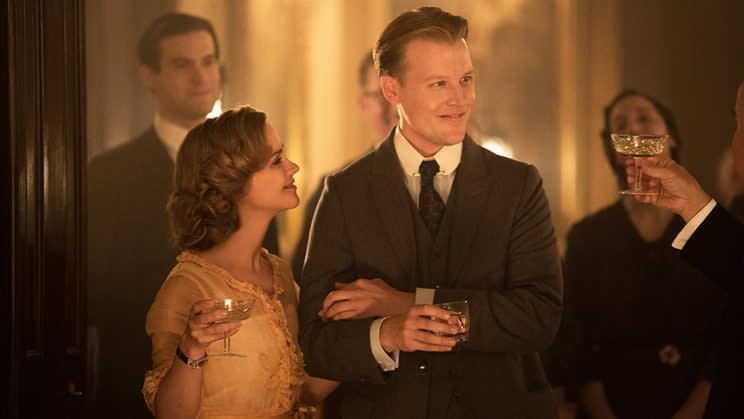
TRUE. A. Lot. Zelda herself once wrote pal Ludlow Fowler a letter, telling him that she ended up with stitches in her tuchus, without knowing the exact circumstances of how she came to require them. “It’s been a wild summer, thank God, and I have several anecdotes collected from the wreckage that I’ve been saving to tell you,” Zelda wrote. “At present, I’m hardly able to sit down owing to an injury sustained in the course of one of [George Jean] Nathan’s parties in N.Y. I cut my tail on a broken bottle and can’t possibly sit on the three stitches that are in it now. The bottle was bath salts — I was boiled — the place was a tub somewhere — none of us remembers the exact locality.”
Scott asked his agent’s wife to take Zelda shopping in New York, because he thought she dressed unfashionably.
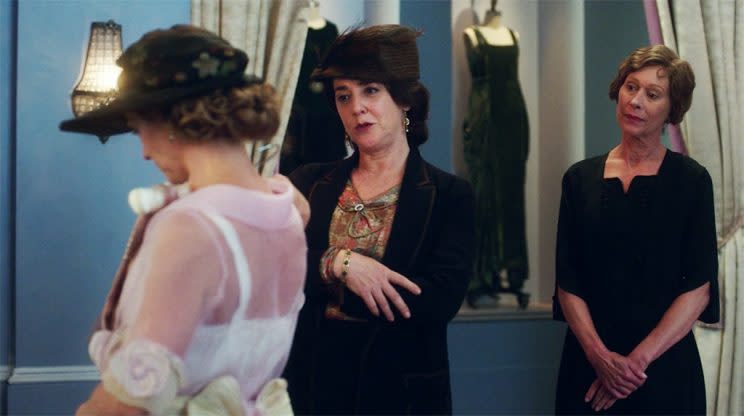
TRUE-ISH. In writer Arthur Mizener’s biography The Far Side of Paradise: A Biography of F. Scott Fitzgerald, he writes that when Zelda moved to New York, Scott asked an old friend of his from Minnesota, Marie Hersey, to take Zelda shopping, and specifically, to guide her towards buying a trendy Jean Patou suit. Scott was upset, according to Mizener, that Zelda wore nothing but “frills and furbelows,” and “you can’t go around New York in that kind of thing.” In Z, Scott tasked his agent’s wife, Anne Ober (played by Talia Balsam), with facilitating the fashion makeover, including a Patou suit.
Scott cribbed from Zelda’s journal for This Side of Paradise.
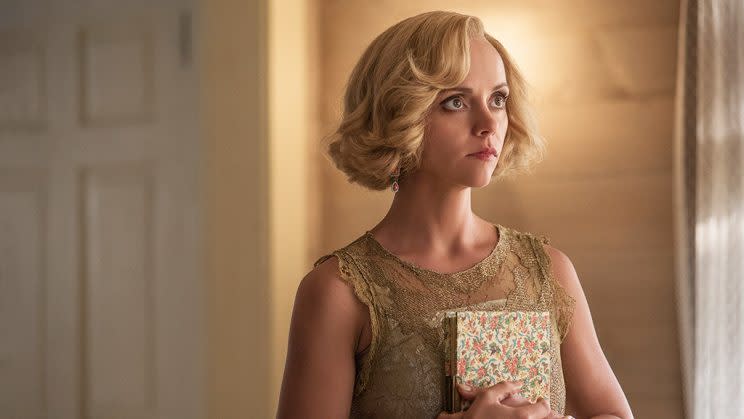
TRUE. And she allowed it, as he sold her on the idea that they were a team. Zelda eventually published one novel of her own, 1932’s Save Me the Waltz, which she wrote in just six weeks while a patient in the psychiatric unit at Johns Hopkins Hospital. Scott was unhappy with its publication, and cruel in his review of it. In Sally Cline’s book Zelda Fitzgerald: The Tragic, Meticulously Researched Biography of the Jazz Age’s High Priestess, Cline writes that Scott claimed the book was “plagiaristic” — pot, kettle situation there — and told Zelda she was a “third-rate writer and a third-rate ballet dancer.” Later in her life, as will undoubtedly be depicted on screen if there are further seasons of the Amazon series, Zelda resumed her practice of ballet that she had begun as a child, and sacrificed her physical health to become so good at it that she was offered a solo part in an Italian production of Aida.
Sadly, she never published another book, as the autobiographical Save Me the Waltz — which also angered Scott because it was inspired by details of their marriage that he wanted to use in his Tender Is the Night — sold less than half its original 3,000-copy printing.
The Fitzgeralds were party pals with Tallulah Bankhead and her sister Eugenia.
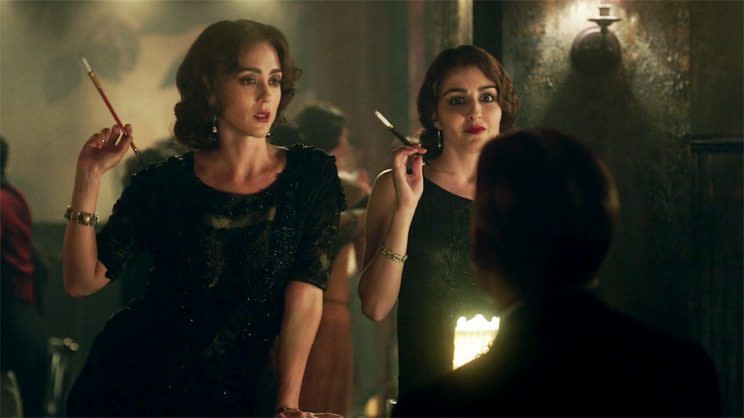
TRUE. The sisters were from Montgomery, just like Zelda, who’d been childhood pals with Tallulah.
Scott had a fling with Eugenia Bankhead.
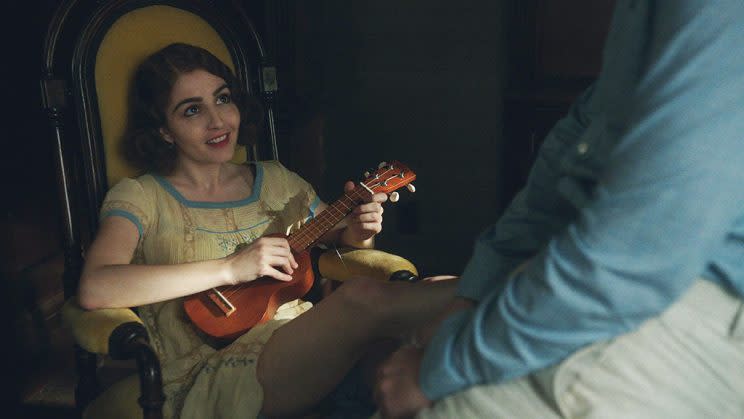
MAYBE. In Zelda Fitzgerald: The Tragic, Meticulously Researched Biography of the Jazz Age’s High Priestess, Sally Cline wrote that Scott was jealous about Zelda’s friendship with their mutual friend Townsend Martin, who, Zelda wrote in a letter to Scott, she had become “romantically attached” to. Cline writes that, sparked by that, Scott may have had a brief affair with Eugenia, who was engaged to a friend of his, a Vanity Fair writer named Morton Hoyt. In Scott’s ledger entry for June 1920, he referred to the “Jean Bankhead fuss.”
Zelda impulsively cut her long hair short in a hotel bathroom after she married Scott.
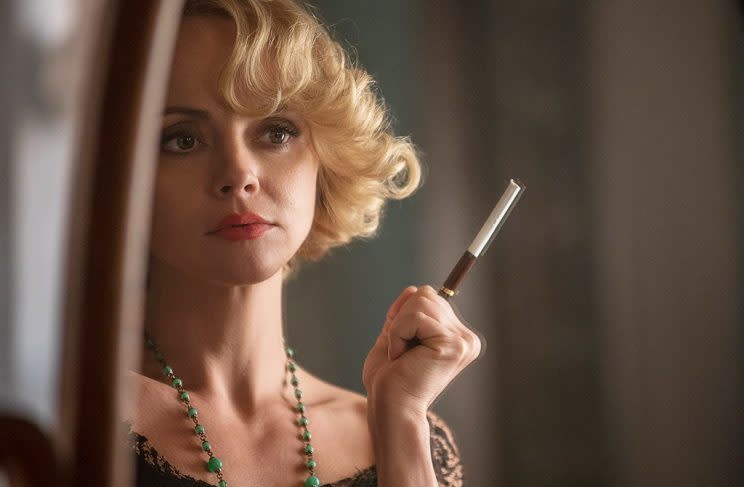
FALSE. Sally Cline write in her biography that Zelda had cut her hair in 1919, when she still lived in Montgomery, before her marriage to Scott. She even wrote to him about the cut, telling him she was “going to bob my hair, and that may evoke a furor.” Cline wrote that Zelda and Scott’s daughter, Scottie, would eventually explain the controversy of the haircut to her own children as, “In the South the sense of femaleness is implanted at a very young age … Southern girls [have] long hair in tumbled curls … high heels and fetching make-up.”
Zelda’s nickname for Scott was Goofo.
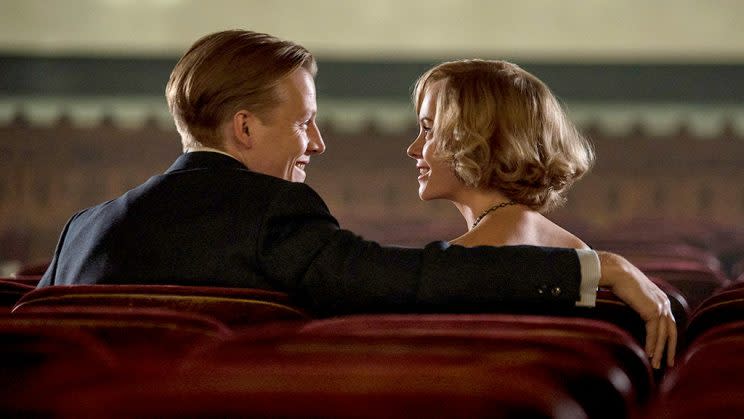
TRUE. She called him Goofo — a simple play on the word “goofy” — and would refer to the two of them as “the Goofos.” In Sally Cline’s Zelda biography, she wrote of the couple’s travels through Italy in 1921, and how Zelda used the nickname in captions for the photos she took, including “Me and Goofo in a gondola” and “Goofo at Fiesole.”
Scott and Zelda were kicked out of the Biltmore hotel when they ran out of money.
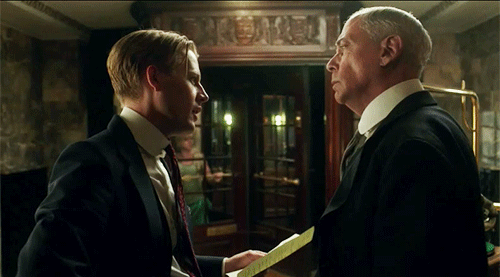
FALSE. There was much financial instability for the spend-happy Fitzgeralds (Scott famously wrote a cheeky Saturday Evening Post essay in 1923 titled “How to Live on $36,000 a Year”), but according to author Matthew J. Bruccoli’s Some Sort of Epic Grandeur: The Life of F. Scott Fitzgerald, “the Biltmore asked the Fitzgeralds to leave because they were disturbing other guests.” In Amazon’s Z, while Scott tried to argue with the Biltmore manager about the dismissal, Zelda ran around in the hotel’s revolving door. In Bruccoli’s book, the couple moved to the nearby Commodore Hotel, two blocks away, where they both went spinning in that hotel’s revolving door.
Scott refused to let his book editor publish Zelda’s diaries, because he wanted to keep them as inspiration for his own writing.
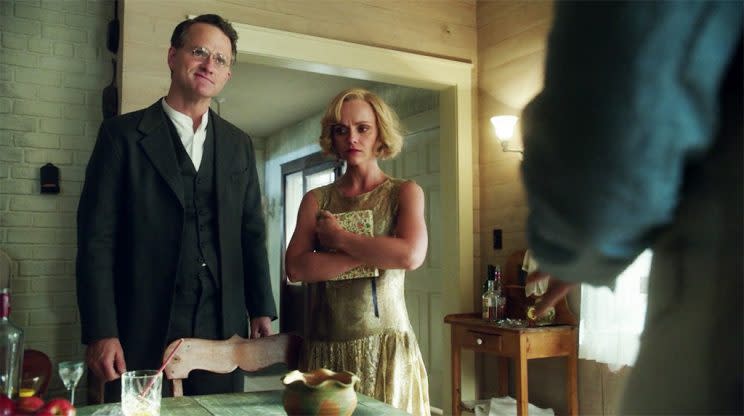
TRUE-ISH. In the Amazon series, it’s Scott’s book editor, Maxwell Perkins, who wants to publish Zelda’s personal diaries as a book, to which Scott immediately says no. Their exploits, adventures, he says, are a big part of what inspired his writing, and since his writing was more likely to make the Fitzgeralds money, he said, the diaries should remain free for his use. In Nancy Milford’s bestselling 1970 biography Zelda, a Pulitzer Prize finalist, Milford confirmed the basic story, but wrote that it was Scott’s friend and editor of The Smart Set magazine, George Jean Nathan, who had offered to publish the diaries after reading them at the couple’s Westport, Connecticut summer rental. Scott refused, and Nathan’s relationship with the Fitzgeralds cooled shortly after, which may have had more to do with the flirtatious friendship between Nathan and Zelda than with Scott’s refusal to let his friend publish his wife.
Zelda’s parents surprised her with a pop-in visit at the Fitzgeralds’ Westport home, and then Scott and Zelda went to Montgomery to surprise her parents.
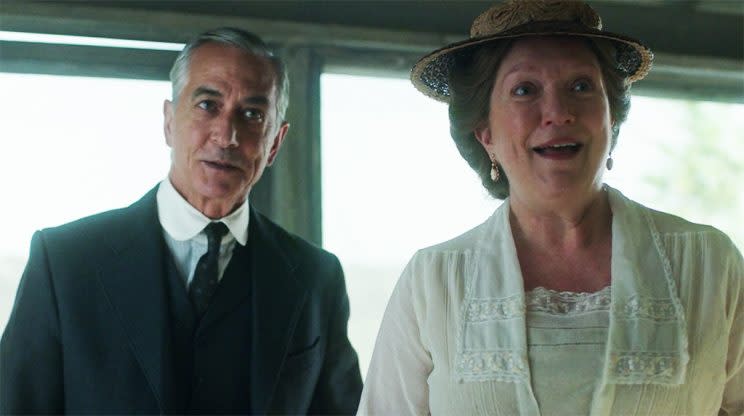
TRUE-ISH. In Z, the Sayres surprised Zelda by showing up at her front door, while she and Scott were in the middle of a boozy, wild weekend party with their friends at their Westport home, and Season 1 ends with the Fitzgeralds taking a road trip to Alabama to surprise Zelda’s parents, only to arrive and find out the Sayres aren’t home. In Cline’s Zelda Fitzgerald: The Tragic, Meticulously Researched Biography of the Jazz Age’s High Priestess, the author wrote that Zelda and Scott trekked to Montgomery first — to find her parents MIA — and after returning back to Westport, were visited by the Sayres, who did indeed encounter some of their rowdier friends at the house. Presented in both Z and Cline’s book: that Zelda’s lack of skill and interest in being a domestic doyenne at the Westport residence did lead to the hiring of a housekeeper named Tana, from the Japanese Reliable Employment Agency.
Z: The Beginning of Everything is now streaming on Amazon.
Read more:
‘Portlandia’ Sneak Preview: Fred And Carrie Go to a Wedding… If They Can Find It?
’24: Legacy’: EP Howard Gordon on Eric Carter, ‘Homeland’ Hero Peter Quinn and More

